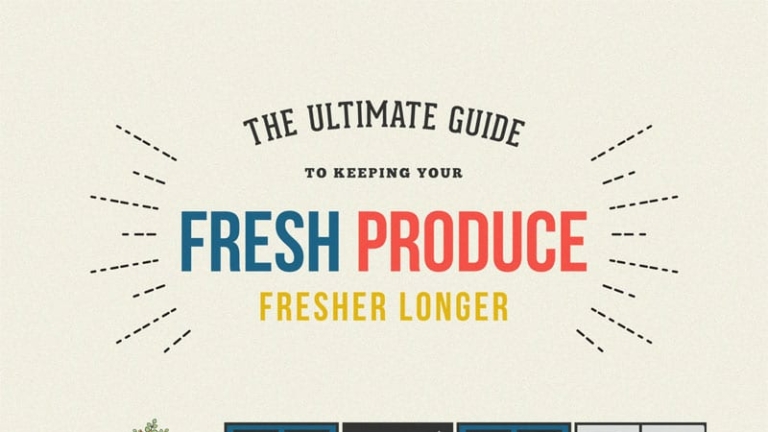As part of eating a healthy diet, you’ll no doubt be wanting to keep your kitchen stocked with plenty of fresh fruit and vegetables. But how many times have you picked up an item and realized it’s covered in mold, or it’s looking like it has seen better days?
Not storing your produce correctly means that it may never make it to your plate. And this means wasted money that adds up over time, as well as leaving you with the guilt of throwing out food that was totally fine when you bought it.
The question of how to keep produce fresh is never a simple one, and the answer often lies in exactly which fruit or vegetable you are talking about. Did you know that tomatoes should never be stored in the fridge? And that you shouldn’t wash berries until you are ready to eat them? The conditions in which you keep your produce weighs heavily on how long they will last, but there are also simple and quick ways to give new life to things like herbs and leafy greens.
This infographic from Andi-Co has plenty of useful tips that you can implement in your kitchen today, so you can have longer lasting produce and reduce the number of trips you need to make to the grocery store.




